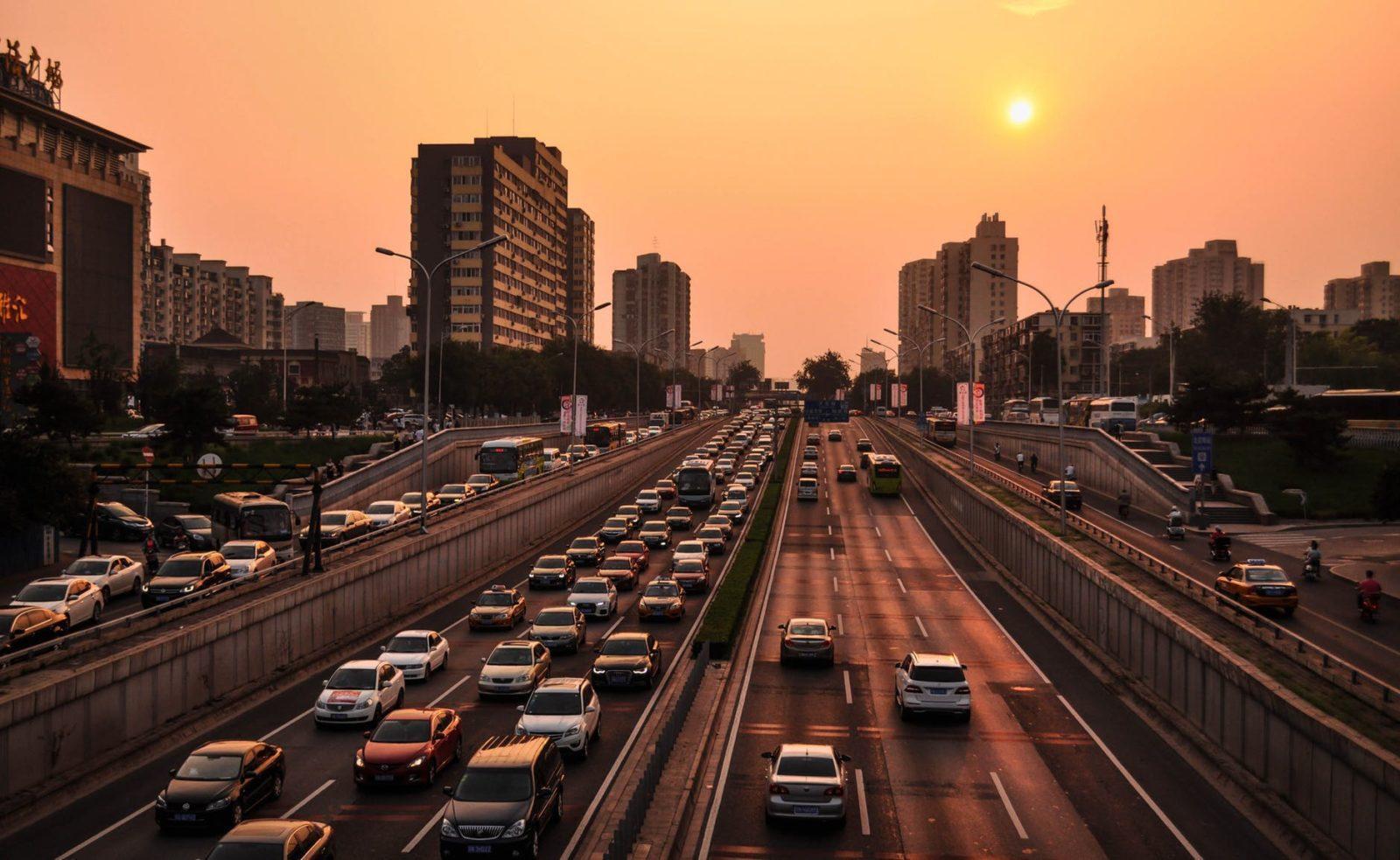By Paul Moorby,
By 2050, the UN predicts the world will have 10 billion citizens and three billion additional cars. With a strain already visible on UK cities trying to manage significant automobile numbers, city parking planning and infrastructure need to be reimagined to cope with the expected growth.
The alternative will mean three billion people cannot each have a vehicle, and social mobility will suffer.
How can advancements in smart parking technology better manage vehicle growth and reduce it without unjustly limiting public mobility?
The Trouble With Traffic
While increased traffic flow can be beneficial for areas looking to boost visitors and tourism revenues, busier roadways pose significant challenges for local councils trying to manage driver behavior and satisfy public opinion.
Today, 55 percent of the world’s population lives in urban areas, and England is amongst the world’s worst countries for traffic jams. It has been estimated the average British motorist lost 31 hours and nearly £1,200 from being stuck in traffic jams in 2018 alone. A shortfall in parking availability has been noted as a significant contributor to this type of congestion in cities. Incredibly, research suggests drivers looking for parking spaces now make up 30 percent of all urban traffic.
In most UK cities, demand for parking far outstrips supply. This presents authorities with the challenge of balancing the needs of visitors with those of residents so parking is available when needed at a fair price.
Destressing With Data
Parking authorities can now deploy digital technologies to help reduce daily stresses for city drivers. For example, mobile parking and permit solutions can help cities operate more efficiently and manage demand. Something as simple as removing the hassle of coins and improving online or on-the-phone communication between local authorities and users will help to increase customer satisfaction. Data from virtual payment systemscan also be seamlessly supplied to enforcement teams to ensure accurate operations.
Connected digital parking and permitting services can also be deployed to generate insightful big data that will help solve mobility challenges. Local authorities can combine large datasets, such as analysis of traffic flows, with real-time on-street parking demand. This can then enable the setting of demand-led parking tariffs and inform decisions around traffic management policies, the building of new parking facilities, and the development of new resident parking schemes.
Emissions Management in Busy Cities
However, the need for innovative methods for managing congestion and public demand is not the only bi-product of population growth. While agricultural and industrial sectors are significant contributors to global warming, transport causes more greenhouse gas pollution than any other sector.
Evidence suggests public transport has the potential to replace 21 percent of existing car journeys in urban areas around the UK. Constituents are often encouraged to ditch the cars and take public transport or ride-share to reduce transport’s impact on greenhouse gas increases, but while buses are the most used form of public transport when it comes to local journeys, their use has declined by 11 percent in the last ten years. If predictions of three billion extra cars by 2050 ring true, transport emissions will multiply.
Local authorities may have to consider introducing dynamic pricing to nudge drivers to go to other car parks or routes where their vehicles will not tip pollution levels over safe legal limits or targets. “Dirty” vehicles have the potential to trip cities over pollution limits that could degrade air quality and even increase calls to the NHS.
Communicating this information through a smart driving app, or directly through a car’s inboard computer system, could revolutionize the way cities, their visitors and residents share the responsibility to meet zero-emissions targets.
From parking to safety, pollution to social inclusion, by collecting, sharing and analyzing big data, cities can ensure they’re fit for the future. Connected public services have the potential to dramatically improve residents’ quality of life















